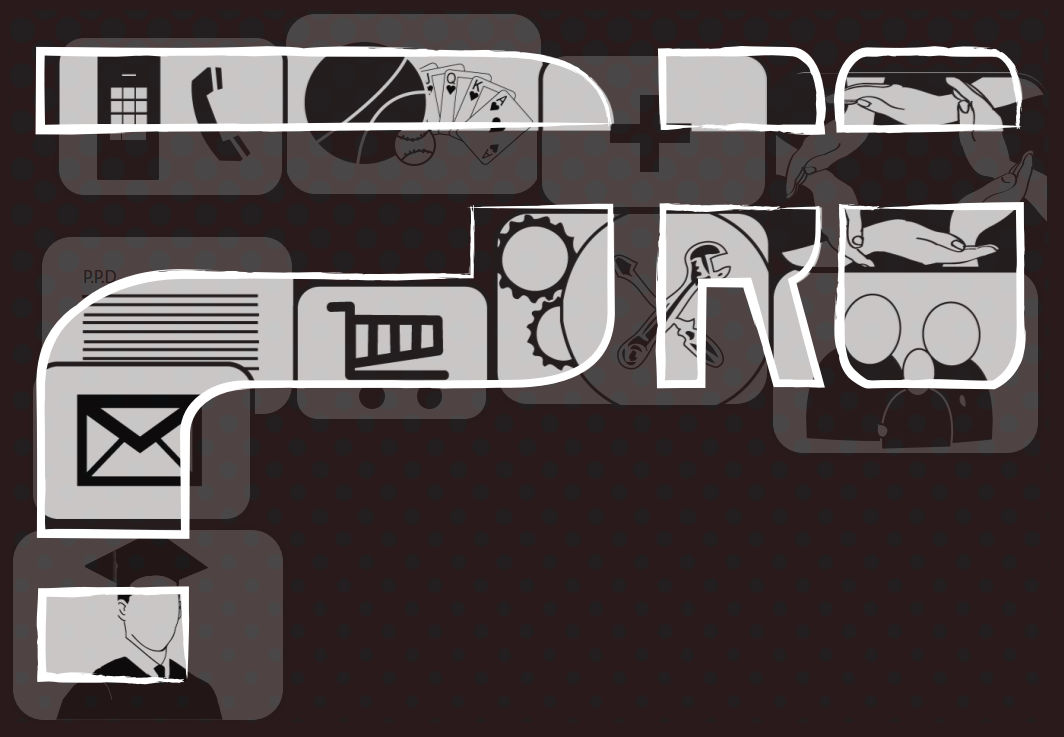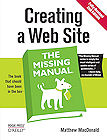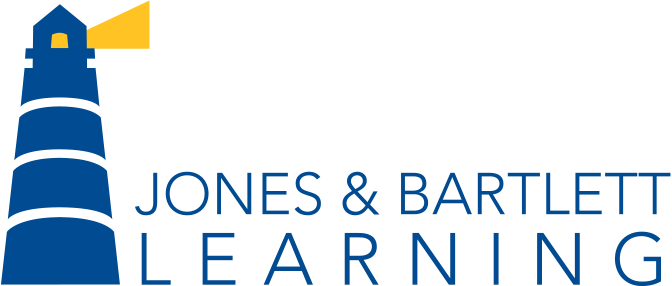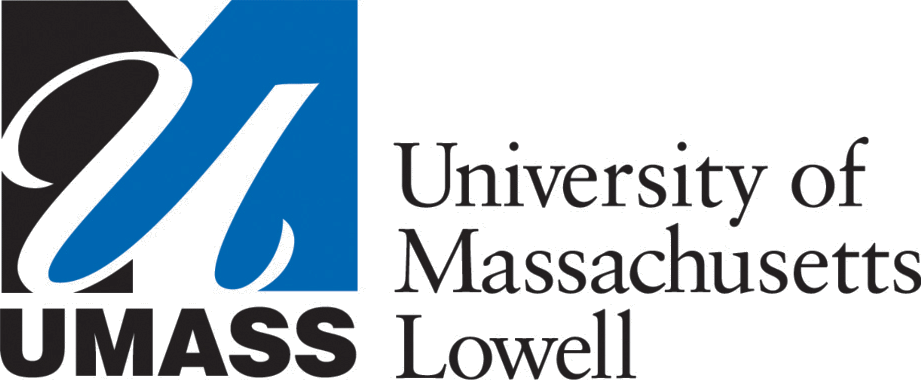Website Development I
Course Information
for the term beginning in April 2023
Course Description
This course is an introduction to building pages that will be displayed in web browsers. As such, we will mostly deal with the three main technologies used to implement web pages: the Hyper-Text Markup Language (HTML), Cascading Style Sheets (CSS), and JavaScript.
While any and all questions about the Internet in general and the World Wide Web in particular are certainly welcomed, the main content of this course will deal with “client side” programming, that is, code that runs in the user’s browser and is intended to control the display of information, the dynamic manipulation of that information, and the user’s interaction with the web page.
The course will attempt to cover:
- the ever-evolving HTML5 standard
- best practices in styling web pages with CSS
- organization of the browser Document Object Model
- the use of JavaScript libraries to generate web pages dynamically and to respond to user interactions with the page
Throughout the course we will also talk about the human factors of web page design and implementation, which is a critical topic in website development. The ease and comfort with which users perceive, navigate, and interact with our pages is a significant factor in their overall experience and a strong determinant of whether they will do what the site is intended to have them do (buy a product, join a group, make a donation, read an article, etc.). The quality of the user experience also influences how long users will spend on the site and how frequently they will return.

Course Objectives
It is difficult to know at the outset just how far we’ll get in this course, but the goal is to achieve or at least make progress toward as many of the following objectives as we can.
- set up a well-structured web site
- write HTML code and describe its structure and characteristics
- write Cascading Style Sheets (CSS) code that make use of Document Object Model (DOM) selectors
- write JavaScript code and take advantage of its object-oriented features
- manipulate web pages via JavaScript using the browser DOM
- describe some considerations for designing web pages with maximum usability for non-technical users
- understand the value of documentation and describe best practices in this area
Course Philosophy
We will stress ...

Learn concepts, not just coding techniques.
- The World Wide Web is an ever-evolving information platform.
- Coding techniques and syntax will change, but the concepts will not.
- Given how quickly things evolve, the most important thing you can learn is how to learn.
- In this field, that learning never ends, including for me!
- Much of how one learns these days is by using websites like Google to search for answers.
- We do not have Internet access from inside the prison, but I will provide some materials downloaded from the Web to help us understand what the Internet offers.
- One aspect of learning concepts is to realize that it is important to call things by their proper industry standard names.
- We will therefore stress what things are called so that you learn these names.
- It is also important to know how to spell these names correctly.
Write professional code.
Your code should be:
- Correct — It should work in all cases.
- Clear — It should be understandable by other web programmers.
- Concise — It should use resources efficiently.
Professional code includes professional documentation.
- Documentation is for yourself as well as for others.
- Today’s software is complex. When working professionally, you will never create a website completely on your own.
- When you incorporate code into your own program that was downloaded from the web or written by anyone other than yourself, you must cite where that code came from.
Course Approach

The exercises in this course will mostly involve converting printed pages of the Prison Resident Orientation (PRO) manual to web pages. This manual has a rich graphic layout that makes it a good candidate for Web implementation.
We have the complete manual available online in PDF format. This will allow you to copy-and-paste text rather than spending the time to retype it. We also have all the graphics available online, so you can incorporate these into your web pages, too.
Throughout this course you are welcome to work with other
students. This will allow us to learn from each other as we consider different
approaches to putting the material online.

|
||

|

|
|

|

|
|
Course Resources
Our main texbook for this course is Web Programming with HTML5, CSS, and JavaScript by John Dean. Jones & Bartlett Learning, the book’s publisher, has donated copies of this book for your use during this course. The book was published in 2019, so it is relatively new and up-to-date. Readings in this book will be assigned before each class in which related topics will be covered, and it is important that you keep up with those readings.
Many other books are available to help you learn. Some of these are available as PDF documents in the Student Resources.
Creating a Web Site, 2nd edition (2009)
by Matthew MacDonaldNote: This book is available for you entirely online.CSS3: The Missing Manual, 2nd edition (2013)
by David Sawyer McFarlandNote: This book is available for you entirely online.Fundamentals of Web Development, 2nd edition (2018)
by Randy Conolly and Ricardo HoarNote: This book is available for you to borrow during the course, but it must be returned at the end of the course. Thank you for this understanding.Fundamentals of Web Development, 3rd edition (2022)
by Randy Conolly and Ricardo HoarNote: This book is available for you to borrow during the course, but it must be returned at the end of the course. Thank you for this understanding.
Additional books and resources are also available, both in hard copy and as PDF files linked from the Student Resources page. You are welcome to browse these to gain ideas and use them as references as you develop pages.
Class Days and Times
This class will meet in classroom 10 on the Ed floor on Tuesdays and Thursdays from 8:40 to 10:00 AM starting Tuesday, April 4, 2023. The class is intended to meet for 11 weeks, so the last class is scheduled for Thursday, June 15, 2023. However, there always seem to be occasional situations that cause us to miss some classes, so we probably will not meet on all 22 days scheduled for the quarter.
Between classes you are welcome to use the computers in room 5 on the Education floor whenever you are allowed to be here. However, I have been told that you may only do so while actively enrolled in this course.
Tentative Class Topic Schedule
The order in which we cover topics will change as the semester progresses and I learn your various interests. The table below should therefor be interpreted more as a list of things to learn than a precise schedule.
Your Instructor
Your instructor for this course is Mr. Jesse Heines, a Professor Emeritus (retired) of Computer Science. Mr. Heines is a volunteer for the New Hampshire State Prison for Men Career & Technical Education Center (NHSP-M CTEC). He has been volunteering in the prison since April 2018 and teaching behind the wall since April 2022.
Course Sponsors
The following companies and organizations have donated books or equipment or software for use in this course or have made their software publicly available at no charge. UMass Lowell has authorized us to issue course completion certificates and award Continuing Education credits to those of you who complete the course.











Other Terms
To view the website for a different term, click the appropriate link below.
- Term beginning October 2023: Website Development II
This is document
. It was last modified on
. Copyright ©
2010-2025 by
Jesse M. Heines. All rights reserved, but may be freely copied or excerpted for
educational purposes with credit to the author.
